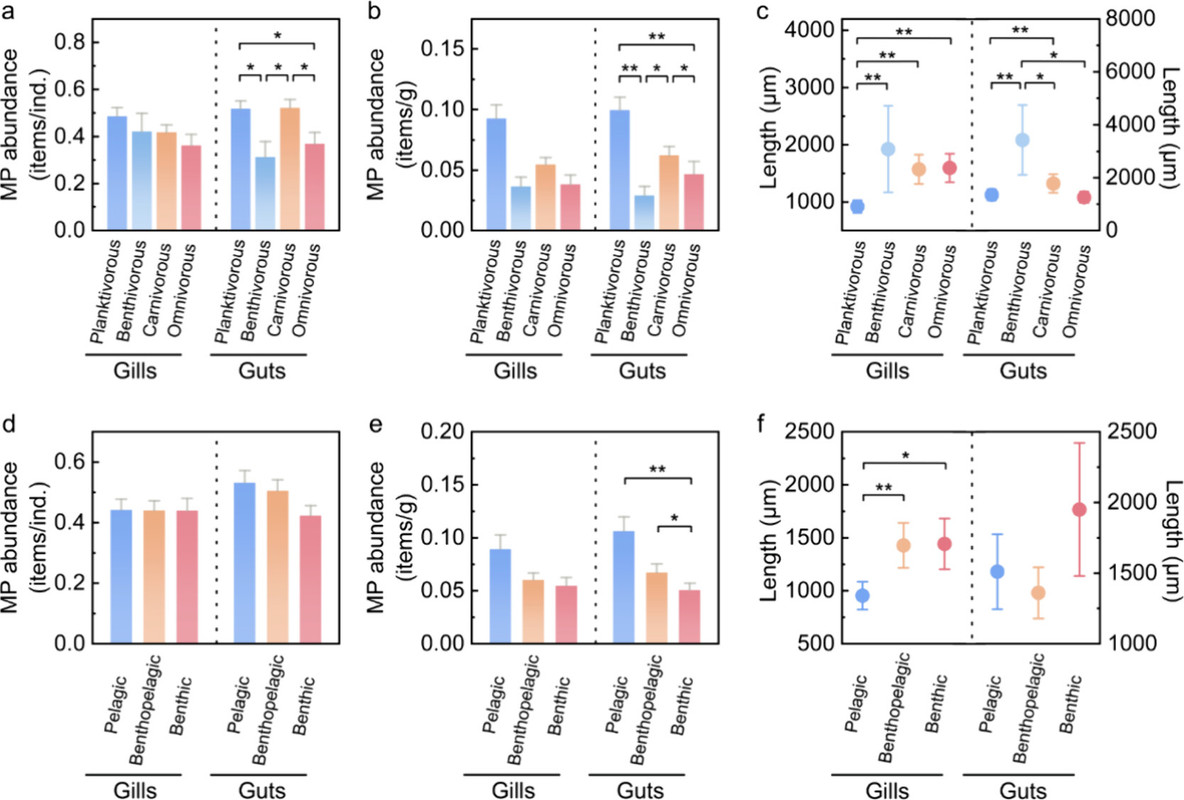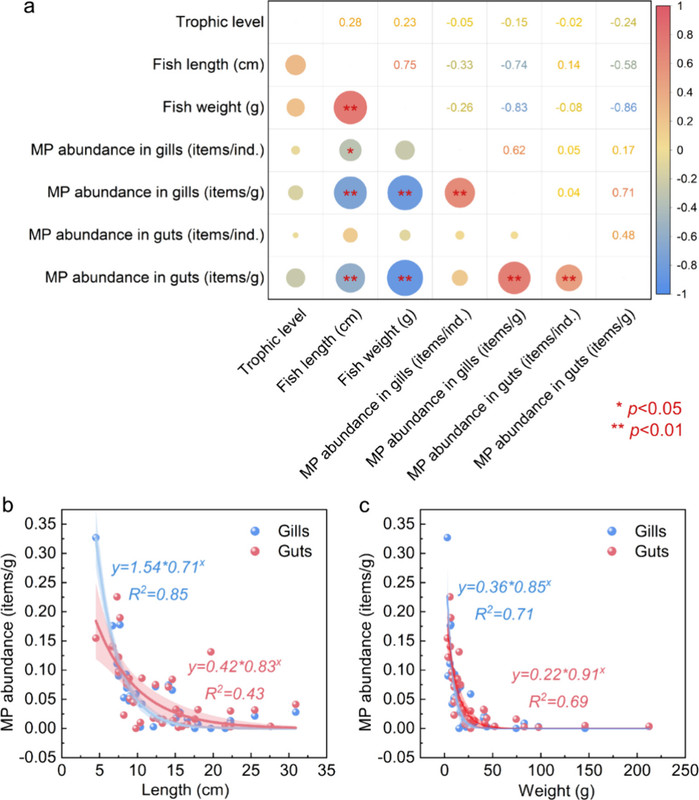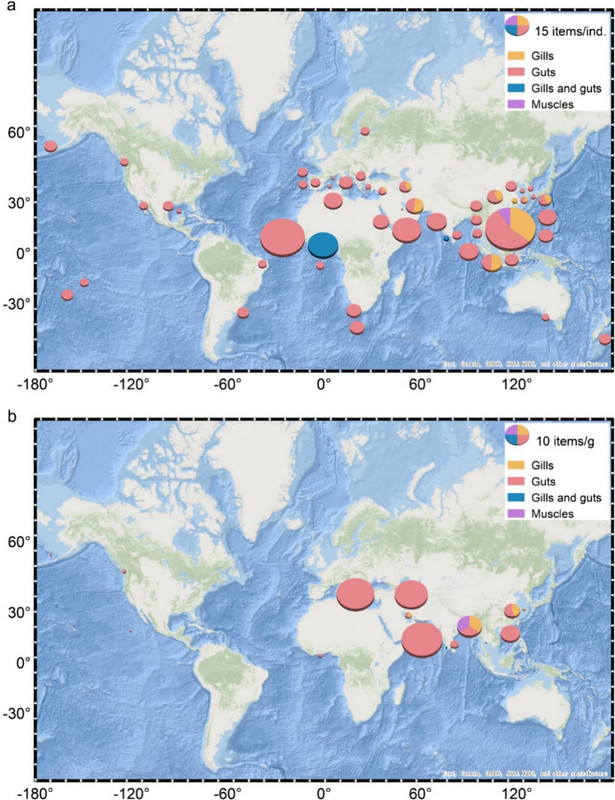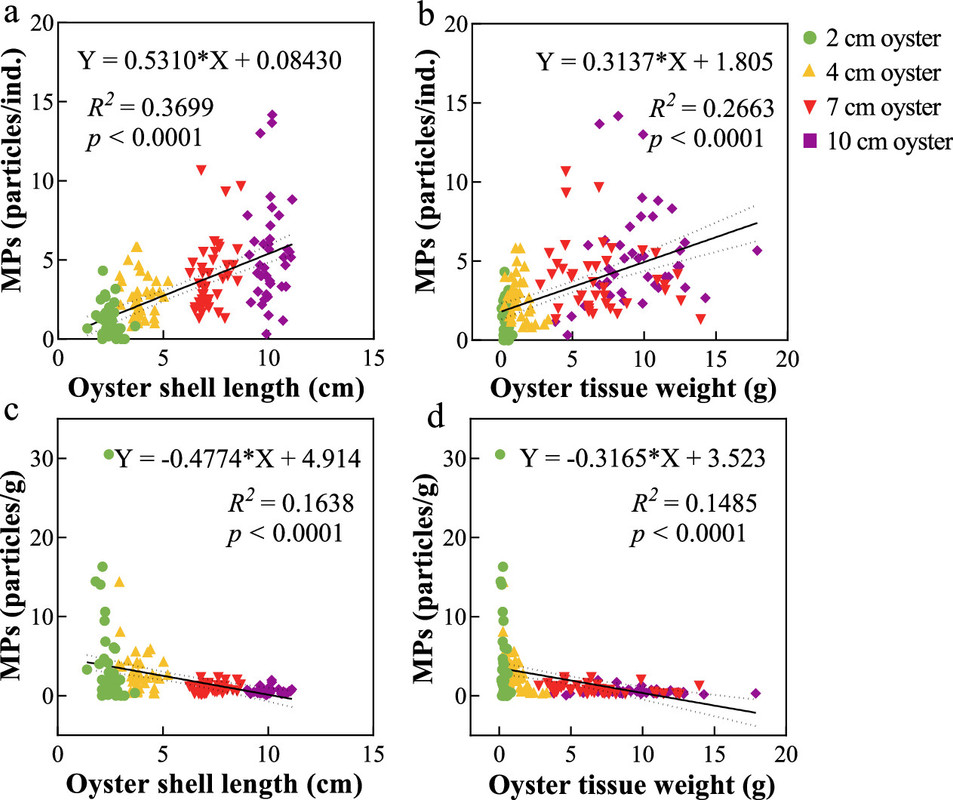The famous Fukushima radioactive tuna fish and all of the other fish and bivalves in the sea. [View all]
I frequently refer to the famous Fukushima tuna fish that was described in this paper, which I reference repeatedly because, well, it would be funny were it not such a barometer of public selective attention:
N.S. Fisher,K. Beaugelin-Seiller,T.G. Hinton,Z. Baumann,D.J. Madigan, & J. Garnier-Laplace, Evaluation of radiation doses and associated risk from the Fukushima nuclear accident to marine biota and human consumers of seafood, Proc. Natl. Acad. Sci. U.S.A. 110 (26) 10670-10675. This paper was a follow up to an earlier paper, also in PNAS, reporting that a radioisotope clearly originating from the Fukushima event, 134Cs, had been detected in a tuna fish caught off the coast of California.
To get a feel for why the authors published the above referenced paper, it is useful to read the opening excerpt:
Recent reports describing the presence of radionuclides released from the damaged Fukushima Daiichi nuclear power plant in Pacific biota (1, 2) have aroused worldwide attention and concern. For example, the discovery of 134Cs and 137Cs in Pacific bluefin tuna (Thunnus orientalis; PBFT) that migrated from Japan to California waters (2) was covered by >1,100 newspapers worldwide and numerous internet, television, and radio outlets. Such widespread coverage reflects the public’s concern and general fear of radiation. Concerns are particularly acute if the artificial radionuclides are in human food items such as seafood. Although statements were released by government authorities, and indeed by the authors of these papers, indicating that radionuclide concentrations were well below all national safety food limits, the media and public failed to respond in measure. The mismatch between actual risk and the public’s perception of risk may be in part because these studies reported radionuclide activity concentrations in tissues of marine biota but did not report dose estimates and predicted health risks for the biota or for human consumers of contaminated seafood. We have therefore calculated the radiation doses absorbed by diverse marine biota in which radioactivity was quantified (1, 2) and humans that potentially consume contaminated PBFT. The aim of this paper is to provide estimated doses, and therefore objective risk estimates, to humans and marine biota...
I added the bold.
The authors note that the natural radioactivity, related to
210Po, which exists in secular equilibrium with the roughly 4.5 billion tons of uranium in the world's oceans, and
40K, a naturally occurring radioisotope of potassium, an essential element, dwarfs the concentration of the Fukushima related
134Cs.
People sure love to carry on about Fukushima; they don't give a rat's ass that the planet is burning, or that uncontrolled release of fossil fuel waste has killed more than 80 million people since the reactors were struck by a tsunami.
Indeed, the fossil fuel industry has representatives who show up around here who, when they're not trying to rebrand fossil fuels as "hydrogen," love to carry on about Fukushima, insipidly and disingenuously, for example, representing that the release of tritiated water from tanks at the Fukushima site is a major disaster, and the collapse of the planetary atmosphere isn't a problem. The fossil fuel industry loves the antinuclear cults because nuclear energy is the only tool that is technologically capable of driving the fossil fuel industry out of business.
Despite much excitement, neither the Fukushima tuna fish nor the tritiated water being released has led to a death toll equivalent to the last half hour death toll associated with dangerous fossil fuel waste, aka "air pollution," which killed roughly 400 people while we’ve been chatting so nicely.
Besides the Fukushima tuna fish, which was caught, killed and had tissue sections placed into a scintillator detector to find a few atoms of
134Cs, there are all of the
other fish in the sea, and for the hell of it, let's throw in all the world's bivalves, like, say, Oysters.
I will briefly reference two recent papers that appeared in the two recent issues of the scientific journal
Environmental Science and Technology which I read regularly. They are these:
Microplastic Distribution Patterns in Fish and Implications for Safe Consumption Xiaoxia Sun, Liujiang Meng, Junhua Liang, Qingjie Li, Juan Du, Mingliang Zhu, Yongfang Zhao, and Shan Zheng
Environmental Science & Technology 2025 59 (33), 17393-17402
...and...
From Spat to Adult: Investigating Microplastic Accumulation in Crassostrea hongkongensis of Varying Sizes Jingmin Zhu, Zhixue Wang, Wenjing Li, Chuchu Hu, Zuchun Chen, Jiana Li, and Wenlu Lan
Environmental Science & Technology 2025 59 (34), 18372-18380.
Crassostrea hongkongensis is a species of Oyster found in the South China Sea; the organism is a popular food item.
The introduction to the first of these two EST papers:
As global plastic waste production continues to increase significantly in the coming decades, microplastics (MPs) remain one of the most challenging pollutants in environmental contamination worldwide. (1) The European Food Safety Authority (EFSA) established a detailed classification in 2016, according to which MPs refer to plastic particles with sizes between 0.1 and 5000 μm, whereas nanoplastics refer to particles ranging from 0.001 to 0.1 μm in size. (2) Later, the International Organization for Standardization (ISO) defined the size of large MPs as between 1000 and 5000 μm in 2023 and MPs as between 1 and 1000 μm (ISO 24187). (3) Due to their complex sources, small size, and resistance to degradation, these pollutants easily disperse across various environmental media. (4) Marine environments face particularly severe pollution as MPs enter these areas in large quantities through rivers, wastewater, and other pathways. (5) MPs are distributed throughout different ocean water layers, (6) aquatic plants, (7) sediments, (8) zooplankton, (9) and other marine organisms. (10) When ingested by marine organisms, MPs can cause both physical and chemical harm, including but not limited to gastrointestinal blockages, (11) inflammatory responses, (12,13) endocrine disruption, (14) and neurotransmission. (14) These effects threaten the health of marine species and may be transferred through the food chain to humans, posing potential food safety risks. Studies have shown that MPs have been detected in various human cells, tissues, and organs, indicating a potential threat to human health. (15)
Assessing high-risk species affected by MP pollution can help identify potential human health risks. (16) Human ingestion of MPs occurs predominantly through contaminated food and water, with seafood representing the most critical exposure vector owing to bioaccumulation in marine organisms. (17) Globally, annual per capita aquatic animal consumption totals 20.6 kg, providing at least 20% of the animal-derived protein for 3.2 billion people. (18) Fish, as keystone species in marine ecosystems, represent the primary resource in fisheries, accounting for 84.6% of the total global catch, and serve as a primary source of protein for humans. (18) It has been reported that MPs have been found in more than 300 fish species across various ecosystems, (19) with these particles detected in critical tissues such as the intestines, (16,20−23) gills, (16,20,21) internal organs, (24) and muscles...
...Given the threat of marine MP pollution to fish and the role of fish as a key source of aquatic protein for humans, this study systematically investigated MP contamination in the intestines, gills, and muscles of 1,075 fish from 37 species in one of the highest-yielding fishing regions globally. The objectives of this study are as follows: (1) to reveal the differences in MP abundance and characteristics across various fish tissues; (2) to systematically analyze the main factors influencing MP accumulation in fish, considering factors such as feeding strategies, habitat, trophic levels, and biological indicators; (3) to calculate the per capita MP consumption by humans through the ingestion of MPs in caught fish; and (4) to assess the MP exposure risks faced by humans on the basis of different fish consumption habits.
The paper has a nice description of the science of the investigation. Regrettably, I don't have too much time to spend on it, but maybe we can look at a few pictures.

The caption:
Figure 3. Differences in MP abundance and length in the gills and guts of fish with different feeding habits and habitats. MP abundance in items/ind. (a) and items/g (b) and mean MP length (c) for each feeding type. MP abundance in items/ind. (d) and items/g (e), and mean MP length (f) for each habitat type. * and ** represent p less than 0.05 and p less than 0.01, respectively.

The caption:
Figure 4. Correlation of MP abundance in different fish tissues with fish biological traits. Correlation analysis between trophic level, length, weight, and MP abundance in the gills and guts of all of the fish species (a). Fitted relationships between fish length (b), weight (c), and MP abundance in the gills and guts.

The caption:
Figure 5. Abundance of MPs in global marine fish. The MP abundance in marine fish is presented in two units: items/ind. (a) and items/g (b) on the basis of data reported in the references. Base map sources: Esri, Garmin, GEBCO, NOAA NGDC, and other contributors.
The authors state that a limitation of their study is that they were only able to detect microplastics, and not nanoplastics using their research tools.
They advise eating muscle tissue from predator fish; this covers tuna but not sardines for example.
Nevertheless, they estimate based on average human consumption of fish, that the mean consumption of microplastic particles (not including nanoplastic particles) finding its way into human bodies is about 56,000 particles per year.
The second EST paper covers Oysters, which are somewhat different than fish, but generally, when they are eaten, are eaten whole.
From the introduction:
Microplastics (plastic particles less than 5 mm) are a pervasive global pollutant, (1) infiltrating ecosystems from urban coastlines to remote protected areas, including alpine snowpacks, (2) Antarctic sea ice, (3) and even rainfall over protected wilderness regions. (4) Laboratory studies have shown that microplastics can have direct harmful physiological effects, including physical damage, (5,6) reduced growth, (7,8) and decreased survival (9,10) and reproduction rates. (6,11) In addition, the release of toxic additives or adsorbed pollutants from microplastics poses a threat for wildlife and human health. (12,13) Despite extensive research, physiological impacts of microplastics at environmental concentrations in wild bivalves remain poorly characterized due to confounding environmental stressors.
Bivalves, due to their sedentary nature, filter-feeding behavior, and ability to accumulate a wide range of contaminants─including microplastics─serve as ecologically relevant receptor organisms within this framework. (14,15) Bioaccumulation refers to the process by which organisms absorb substances, such as microplastics, at a rate faster than they can eliminate them, leading to a gradual buildup in their tissues. (16) As a commonly consumed seafood, bivalves are eaten whole without removing the gastrointestinal tract, making them a potential pathway for microplastics to enter the human food chain. (17) Numerous studies have reported microplastic accumulation in bivalves, often at concentrations exceeding those found in their surrounding environments. (18−21) Some studies have identified a positive correlation between microplastic levels in bivalves and their environments. (20,21) However, findings from recent field studies remain inconsistent... (22−25)
However, it appears that Oysters, unlike fish, while they incorporate microplastics, also have mechanisms for rejecting them:
...Microplastics can be captured on the gills and palps of bivalves, where they may be either rejected as pseudofeces, assimilated directly through the gill microvilli, or transported into the digestive system. (8,28,29) It is demonstrated that bivalves can sort particles based on their physical (e.g., size, shape, flexibility, and density), chemical, and nutritional properties. (30−32) Zhao et al. (32) reported that over 40% of microplastic particles were either rejected in pseudofeces or expelled in feces. Particles between approximately 6 and 200 μm are captured effectively and are more likely to be ingested if they have hydrophobic surfaces, organic coatings, or lower negative surface charges. (28) Larger plastic particles (around 500–1000 μm, including spheres and fibers) are also efficiently captured but are more likely to be rejected as pseudofeces. (28) Depuration processes significantly reduce microplastic loads in bivalve tissues: (33) blue mussels can eliminate up to 63% of accumulated microplastic fibers within 6 h, (34) while brown mussels exhibit a 29–46% reduction in total microplastic loads over 93 h...
...but...
Numerous toxicological literature has focused on the effects of microplastics on bivalves, yet consensus on the toxic effects and underlying mechanisms remains elusive. (37) Laboratory studies conducted at unrealistically high exposure levels have uncovered several molecular mechanisms of microplastic toxicity, including inflammatory responses, DNA damage, neurotoxicity, cytotoxicity, and alterations in metabolomics. (14,37) Among these cellular responses, oxidative stress has been identified as a primary mechanism contributing to microplastic-induced stress and toxicity. (38,39) Microplastics can disrupt the integrity of plasma, endolysosomal, and nuclear membranes, leading to pore formation and the subsequent generation of reactive oxygen species (ROS) from mitochondria. (37) Generally, exposure to microplastics leads to an increase in the activity of the antioxidant enzymes...
...Recent laboratory bioassays (41) revealed that exposure to polyethylene (PE) microplastics significantly increased mortality and triggered oxidative stress in both mussels and clams. In contrast, bivalves showed minimal mortality when subjected to equivalent concentrations of natural silt particles. Notably, the combined exposure to PE and silt had a synergistic effect, exacerbating mortality and oxidative stress in bivalves. In the environment, organisms exposed to microplastics are also subjected to a multitude of environmental stressors. Recent assessment reports indicate that sublethal impacts of microplastics─such as impaired feeding, immunotoxicity, and developmental anomalies─become pronounced when multiple stressors co-occur. (42−45) The scientific community has repeatedly called for further investigation into the toxicological effects of microplastics in wild environments. (14,46−48)...
Some graphics from the paper:

The caption:
Figure 2. Linear regression analysis of the relationship between oyster size and microplastic abundance in whole soft tissue (n = 8 sampling events × 4 size classes × 5 sites × 6 replicate oysters = 960 total oysters, 160 points). Each point represents pooled data from six oysters. The solid lines represent the linear regression lines, while the dashed lines depict the 95% confidence intervals around these regressions. (a,b) Absolute burden: Microplastic abundance (particles per individual), calculated as the total microplastics in three tissues divided by six. This value is plotted against shell length (a) and tissue weight (b). (c,d) Tissue-normalized burden: Microplastic abundance (particles per gram wet tissue), calculated as total microplastics divided by the combined wet weight of the three tissues. This value is plotted against shell length (c) and tissue weight (d).

The caption:
Figure 3. Distribution of microplastics within oyster tissues (Kruskal–Wallis test and Dunn’s multiple comparison test, n = 720 oysters per organ). (a) Microplastic count per individual oyster organ. (b) Microplastic count per gram wet weight of organ tissue.

The caption:
Figure 4. Temporal trends in microplastic abundance in oysters of different sizes and organs from May 9 to August 3, 2020. (a–d) Microplastics in whole soft tissue for oysters of 2, 4, 7, and 10 cm shell length during the period. Blue line: Microplastic count per individual oyster. Green line: Microplastic count per gram wet weight of tissue (n = 30 oysters per sampling event and per size class). (e,f) Microplastic count per individual organ (e) and per gram wet weight of organ tissue (f) during the period (n = 90 oysters per organ and per sampling event).

Figure 5. Alterations in biomarkers of oysters and their correlations with microplastic concentrations. (a–c) Temporal trends in catalase (CAT), Na+/K+–ATPase (NKA), and malate dehydrogenase (MDH) activity (n = 15 oysters per sampling event and per size class). (d) Spearman correlations: biomarkers vs microplastics. (e–h) Regression analysis: microplastic concentration vs CAT activity across oyster size classes (2, 4, 7, and 10 cm; n = 25 points per class).
It would appear that oysters are a less potent food item than fish for human ingestion of microplastics.
This said, it appears microplastics are not good for the oysters.
From the conclusion of the paper:
Correlation analysis revealed a significant association between the microplastic concentration and CAT activity specifically (Figure 5d). Notably, a significant negative linear relationship was observed in 2 and 4 cm oysters (Figure 5e,f), while this association diminished with increasing size (Figure 5g,h). This size-dependent pattern aligns with our earlier finding of higher microplastic concentrations per unit tissue mass in smaller oysters. Experimental studies have proposed oxidative stress as a major mechanism behind microplastic-induced stress and toxicity. (38,39) Microplastics can disrupt the integrity of plasma, endolysosomal, and nuclear membranes, leading to pore formation and the subsequent generation of reactive oxygen species (ROS) from mitochondria. (37) Typically, during early exposure to microplastics (less than 7 days), bivalve cells maintain redox balance by activating antioxidant enzymes, including superoxide CAT, dismutase (SOD), glutathione sulfoxide (GST), and glutathione peroxidase (GPx). However, prolonged exposure (≥7 days) often overwhelms these defenses, leading to antioxidant inhibition and oxidative damage. (37) Our observed negative correlation between CAT activity and microplastic exposure over two months provides field evidence supporting microplastic-induced oxidative stress in a natural setting.
Nevertheless, this post is an effort to make a point which is that people routinely carry on about radioactivity - generally from a position of extreme ignorance - while ignoring issues in pollution that actually matter. (I strongly suspect that more people have died from air pollutants released to power computers used to whine about Fukushima than actually died from radiation exposure, a number that is, if not zero, then close to it.
Have a nice evening and weekend.






